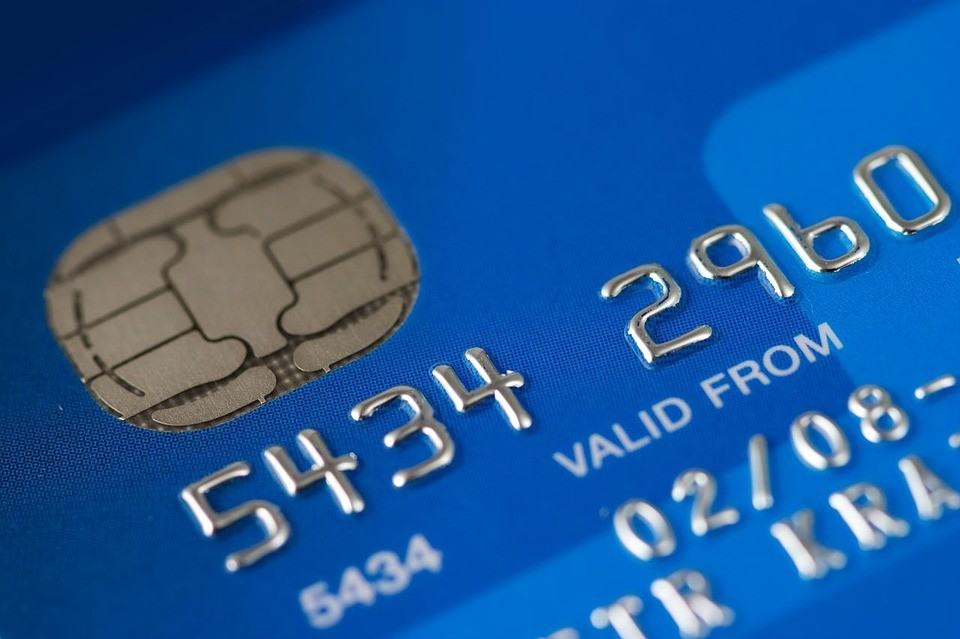
- Chip cards go by many names, but all have a small, metallic square, or chip on them. Magnetic strip cards contain sensitive information about you. If someone steals that card, they can take advantage of the data stored to make fraudulent purchases since the data is unchanging. Chip cards create unique transaction codes each time they are used to make a purchase. Each code can only be used once, so if someone tries to use the data again, they’re out of luck.
- Chip cards are much less prone to identity theft. Identity theft and big data breaches are the most common crimes. It is estimated that credit card fraud costs in the U.S. alone will reach $10 billion by the end of the year.
- The most common way to use a chip card is to insert it into a slot in the credit card reader. The process takes longer than simply swiping a credit card.
- It is estimated that only 44% of merchants will have chip card machines by the end of the year.
- Debit cards are lagging when it comes to converting to chip technology. Only 25% of U.S. debit cards will have chips by the end of the year.
- There are still 1.2 billion credit cards and debit cards that have to be upgraded to chip cards.
